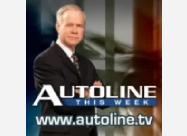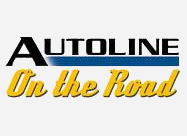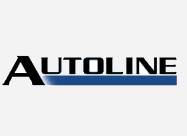
Autoline Daily
Get an inside look at the global auto business with Autoline Daily. From the morning’s top news to in-depth industry analysis, Autoline Daily covers the auto beat like no other media. Available every weekday, it’s your outlet for the latest industry buzz.

Autoline After Hours
The show for those who are more than just car enthusiasts, but are also enthusiasts for the automotive industry. Join us as we talk shop with the top designers, chief engineers and product planners about the latest vehicles they’re bringing to the market.

Industry Interviews
Autoline This Week is the first stop for auto executives, insiders and consumers looking for the latest automotive news. Each week John McElroy, one of the deans of the Detroit automotive press corp, brings his expertise and analysis to the issues and interviews driving the automotive world.

Autoline on the Road
Join John McElroy and the Autoline team for exclusive interviews and information from the top automotive industry conferences across the globe.

Car Reviews
Get exclusive information and opinion pieces on the automotive industry’s latest cars and developments.

Podcast: The Industry
View all of Autoline’s podcast content from Autoline This Week and Autoline After Hours on the official Podcast: The Industry archive.




